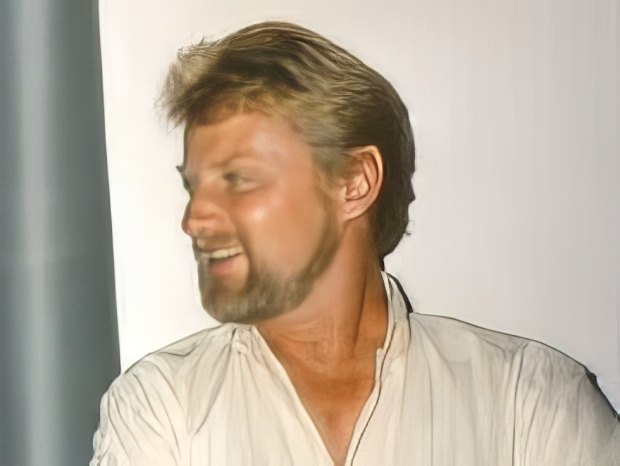The demonstration took place in Pacific Grove, California. It was a defining step in establishing Digital Research Inc.'s CP/M as the industry benchmark, later overshadowed by a Microsoft version emulating DRI's design.
Kildall, initially a computer science instructor and later an associate professor at the Naval Postgraduate School in Monterey, California, was captivated by Intel Corporation's inaugural microprocessor chip. He replicated its functions on the school's IBM mainframe, which led to a consultancy role with Intel to develop PL/M, a high-level programming language instrumental in cementing Intel's status as the leading chip supplier for personal computers.
In pursuit of creating software tools for Intel's second-generation processor, Kildall endeavoured to link a new 8-inch floppy disk drive from Memorex. He swiftly coded the requisite interface software, naming it CP/M (Control Program for Microcomputers). Despite initial setbacks in constructing the necessary electronic hardware, a collaboration with electronic engineer John Torode, an old college mate, resulted in a makeshift yet functional setup.
In the autumn of 1974, Kildall and Torode, working from Kildall's home workshop, successfully booted a computer from a floppy disk using CP/M, heralding a new era in the personal computer revolution. With Intel uninterested in CP/M, Kildall was free to commercialise the program, selling the first license in 1975.
The subsequent development saw Kildall and Glen Ewing ingeniously separate the hardware-dependent parts of the code to form the BIOS (Basic Input Output System), a move that revolutionised the industry.
This enabled CP/M to run on any new Intel-compatible microprocessor-based computers, fuelling the emergence of an independent software industry and solidifying CP/M's status as a standard across early personal computer vendors like Altair, Amstrad, Kaypro, and Osborne.
DRI was at the forefront of operating systems, introducing windowing capabilities and menu-driven interfaces well before Apple and Microsoft.
Despite the formidable alliance of IBM and Microsoft, DRI stood its ground, a testament to the resilience and innovation of Kildall and his team. However, by the mid-1980s, the tide turned, leading to the decline of its operating systems business.
Kildall sold DRI to Novell in 1991 and made a fortune. Novell eventually shuttered the California operation and, in 1996, sold the assets to Caldera, Inc., which used DRI's intellectual property to triumph in a legal battle against Microsoft.
However, Kildall had a tragic life after his early success and retirement. He became an alcoholic, and he died in mysterious circumstances on July 8, 1994, after he fell at a Monterey, California, biker bar and hit his head. His death has been one of those touted by conspiracy theorists who believe that Bill Gates somehow benefited from his death.

